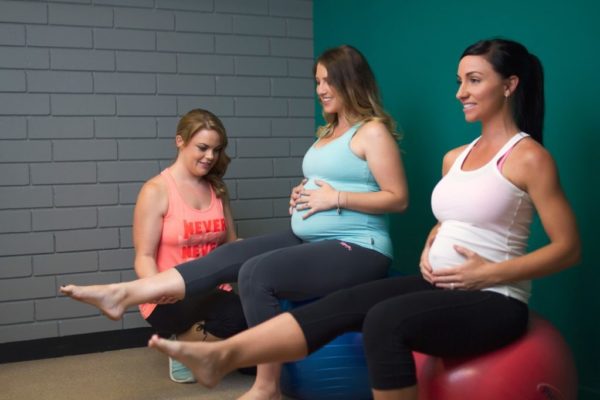Myth 1: urinary incontinence is normal after having children and is something you must learn to live with
Absolutely not. Although incontinence is common in post-partum and in menopausal women, there are plenty of strategies to adopt that can reduce or eliminate your incontinence altogether. Pelvic floor muscle training with the guidance of a trained physiotherapist is usually the first step in management. A physiotherapist with experience in women’s health issues should also be able to give you information on the specific type of incontinence you are experiencing and a timeline for treatment.
Myth 2: I will not end up with pelvic floor problems because I had/ am having a caesarean birth
This is one I hear commonly but simply not true. As the baby grows inside the womb the extra weight places strain on the supporting structures such as the pelvic floor muscles, endopelvic facia and ligaments. Having constant strain on these structures leads them to stretch and to weaken. Therefore, pelvic floor issues such as incontinence or pelvic organ prolapse can happen after a caesarean and are not problems limited to those who have a vaginal birth.
Myth 3: I should get into a habit of going to the toilet “just in case” before going out
If you get into the habit of regularly emptying your bladder when it is only half-filled the bladder never stretches to its full capacity. This can be problematic as overtime the bladder will lose its stretch properties and mistake the half-full bladder for a full one which will increase the frequency at which you will need to urinate. My advice is to let the bladder function as it normally would and only empty your bladder when you have the urge to do so.
Myth 4: There isn’t anything you can do about rectus diastasis (abdominal separation) after giving birth
Rectus diastasis occurs when the connective tissue that attaches to each side of your six-pack muscles separate. Once you have given birth you may notice a gap in your 6 pack muscles. Not every woman will have their separation close completely. To give yourself the best chance of closure, it is recommended to perform abdominal exercises. If you try an exercise and notice dooming or coning (a domed shaped protrusion coming from the six-pack muscles) this means you are placing too much intra-abdominal pressure on your weakened abdominals. If this occurs it is important to seek help from a physiotherapist interested in women’s health so that they can tailor an exercise program suitable for you.
Physionorth’s Pelvic Health specialist is Alina Filipe to book online please click here or call us at 07 4724 0768

